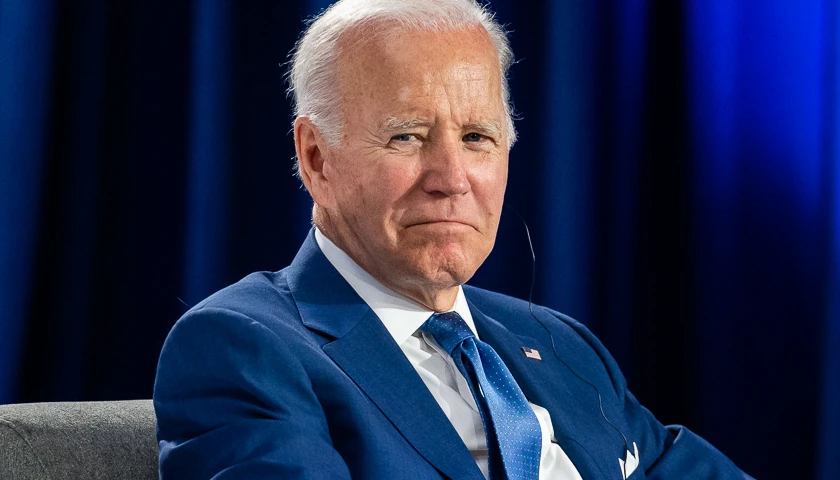by Jaryn Crouson
The U.S. added 206,000 nonfarm payroll jobs in June as the unemployment rate ticked up to 4.1%, according to Bureau of Labor Statistics (BLS) data released Friday.
Economists anticipated that 190,000 jobs would be added in June, far fewer than the initially reported 272,000 gain seen in May, and the unemployment rate would remain steady at 4%, according to U.S. News and World Report. Strong topline job gains in recent months have led some top economic officials, like Federal Reserve Chair Jerome Powell, to push back against claims that the economy is stalling, despite slow economic growth and high inflation.
Previously reported job gains for April were revised down from 165,000 to 108,000, and May’s gains were lowered from 272,00 to 218,000, for a total of 111,000 fewer nonfarm payroll jobs than originally reported, according to the BLS.
 Gains in government employment accounted for the largest share of growth in the month, adding 70,000 jobs in June, higher than the monthly average gain of 49,000 over the past year, according to the BLS. The health care sector accounted for 49,000 of the added jobs, social assistance added 34,000 and construction added 27,000 new jobs in June.
Gains in government employment accounted for the largest share of growth in the month, adding 70,000 jobs in June, higher than the monthly average gain of 49,000 over the past year, according to the BLS. The health care sector accounted for 49,000 of the added jobs, social assistance added 34,000 and construction added 27,000 new jobs in June.
“There are signs that suggest labor conditions are softening, including job openings falling to more than a three-year low, temporary employment declining 25 of the past 26 months, the unemployment rate rising to 4.0% from 3.4% last April, and growth in part-time employment continuing to outpace full-time employment,” Sam Bullard, managing director and senior economist at Wells Fargo’s corporate and investment banking unit, told U.S. News and World Report ahead of the Friday release.
Initial UI claims rose again, hitting 238k as continuing claims increased to 1.858 million, highest since Nov '21; 4-week moving average hits highest since Dec '21 – layoffs may finally be starting to bite and filter through to insured unemployment: pic.twitter.com/91hjhJsBVC
— E.J. Antoni, Ph.D. (@RealEJAntoni) July 3, 2024
Inflation has raised prices by more than 20% since President Joe Biden took office in January 2021, while the consumer price index increased 3.3% on an annual basis in May. The Fed, in response to persistently elevated inflation, decided to hold off cutting its federal funds rate at the Fed’s June meeting, keeping it in a range of 5.25% and 5.50%, which has increased the cost of credit in an attempt to slow the economy.
Real gross domestic product (GDP) increased at an annual rate of 1.4% in the first quarter of 2024, down from the 3.4% increase in the fourth quarter of 2023, according to the most recent estimate by the Bureau of Economic Analysis. The slowdown in the first quarter compared to the previous quarter was due to less growth in consumer spending, exports and state and local government spending.
Nearly half of surveyed Americans currently view the economy as being in poor condition, and nearly 70% say the economy is worsening, according to a poll conducted by Gallup from June 3 to 23. Almost 60% of surveyed voters disapprove of Biden’s handling of the economy, according to an average of polls collected by RealClearPolitics polling that were conducted between May 30 and July 2.
– – –
Jaryn Couson is a reporter at Daily Caller News Foundation.





